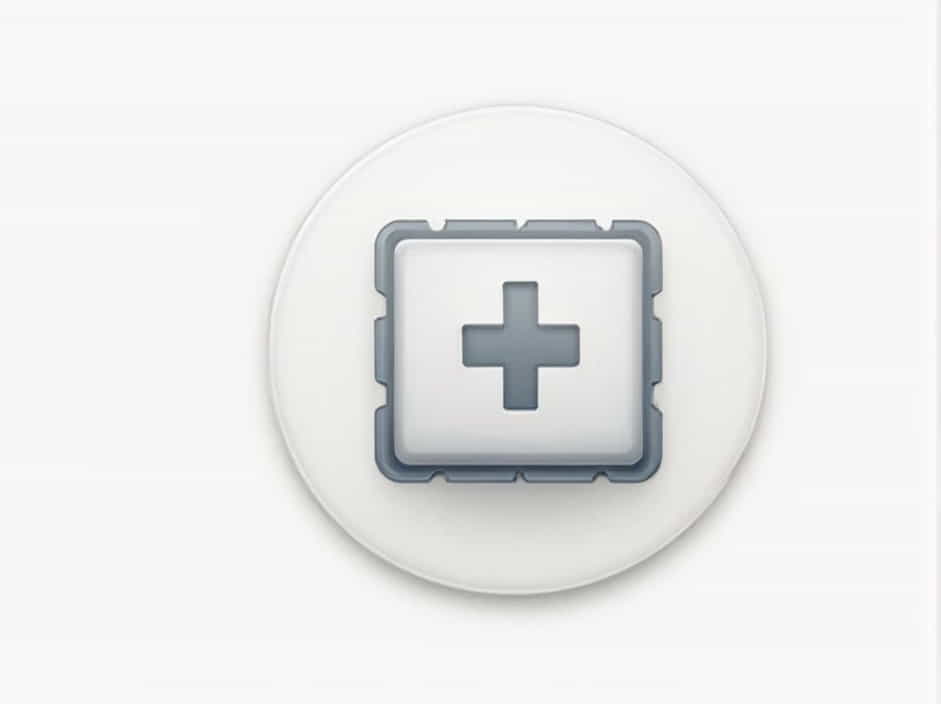In today’s digital world, storage capacity plays a crucial role in determining how much data we can store on our devices. From smartphones to computers and cloud storage, the term terabyte (TB) is often used to describe large storage capacities. But how many bytes are in one terabyte?
Understanding storage units like bytes, kilobytes, megabytes, gigabytes, and terabytes is essential for making informed decisions about data storage. This topic will explain how one terabyte is equal to how many bytes, provide comparisons with other storage units, and explore real-world examples.
Understanding Storage Units
Before diving into the exact number of bytes in a terabyte, let’s first understand how digital storage is measured. Computers use a binary system (base-2), while storage manufacturers often use a decimal system (base-10).
Basic Storage Units
Here’s how digital storage progresses from smaller to larger units:
- 1 Byte (B) = The smallest unit of digital storage (8 bits).
- 1 Kilobyte (KB) = 1,000 bytes (decimal) or 1,024 bytes (binary).
- 1 Megabyte (MB) = 1,000 KB (decimal) or 1,024 KB (binary).
- 1 Gigabyte (GB) = 1,000 MB (decimal) or 1,024 MB (binary).
- 1 Terabyte (TB) = 1,000 GB (decimal) or 1,024 GB (binary).
The difference between decimal (base-10) and binary (base-2) leads to different values when calculating large storage units like a terabyte.
How Many Bytes in One Terabyte?
Decimal (Base-10) Calculation
In the decimal system, used by most storage manufacturers:
- 1 TB = 1,000 GB
- 1 GB = 1,000 MB
- 1 MB = 1,000 KB
- 1 KB = 1,000 bytes
So, using simple multiplication:
1 TB = 1,000 à 1,000 à 1,000 à 1,000 = 1,000,000,000,000 bytes (1 trillion bytes).
Binary (Base-2) Calculation
In the binary system, used by operating systems and computers:
- 1 TB = 1,024 GB
- 1 GB = 1,024 MB
- 1 MB = 1,024 KB
- 1 KB = 1,024 bytes
So, using binary multiplication:
1 TB = 1,024 à 1,024 à 1,024 à 1,024 = 1,099,511,627,776 bytes.
This means that, depending on whether you use decimal or binary, one terabyte can be either 1 trillion bytes (decimal) or approximately 1.1 trillion bytes (binary).
Why Do Storage Devices Show Less Than 1 TB?
Many users notice that when they buy a 1 TB hard drive or SSD, their computer shows less than 1 TB of available space. This happens because:
- Manufacturers use decimal (1 TB = 1,000,000,000,000 bytes).
- Computers use binary (1 TB = 1,099,511,627,776 bytes).
- Some storage is reserved for file systems, formatting, and operating system files.
For example, a 1 TB hard drive might show only 931 GB in Windows because the OS reads it in binary gigabytes (1,024 MB per GB) instead of decimal gigabytes (1,000 MB per GB).
Comparing One Terabyte to Other Storage Units
1 TB vs. GB, MB, and KB
Here’s a quick comparison of one terabyte in different units:
- 1 TB = 1,000,000,000,000 bytes (decimal) or 1,099,511,627,776 bytes (binary).
- 1 TB = 1,000 GB (decimal) or 1,024 GB (binary).
- 1 TB = 1,000,000 MB (decimal) or 1,048,576 MB (binary).
- 1 TB = 1,000,000,000 KB (decimal) or 1,073,741,824 KB (binary).
How Much Data Can 1 TB Store?
A 1 TB drive can store approximately:
- 250,000 high-quality photos (4 MB each).
- 250 full-length HD movies (4 GB each).
- 17,000 hours of MP3 music (4 MB per song).
- 500 hours of HD video recordings (2 GB per hour).
- 50 modern video games (20-50 GB each).
This shows that 1 TB is a massive amount of storage, making it ideal for high-end computers, gaming consoles, and cloud backups.
Where Is 1 TB of Storage Used?
1. Computers and Laptops
Most modern laptops and desktops come with at least 1 TB of storage, making them suitable for professional work, gaming, and media storage.
2. External Hard Drives and SSDs
Many users purchase 1 TB external hard drives or SSDs to store backups, multimedia files, and documents.
3. Cloud Storage
Cloud services like Google Drive, Dropbox, and OneDrive offer 1 TB storage plans, allowing users to store large amounts of data online.
4. Gaming Consoles
Popular gaming consoles like the PlayStation 5 (PS5) and Xbox Series X include 1 TB of storage to handle large game files.
5. Business and Enterprise Storage
Companies use 1 TB or larger storage solutions for databases, AI applications, and high-performance computing.
How Long Will 1 TB of Storage Last?
The lifespan of 1 TB storage depends on usage:
- For basic documents and photos, it can last several years.
- For gaming or video production, it may fill up in months.
- For cloud backups, expandable storage options help manage data efficiently.
The Future of Storage Beyond 1 TB
As technology advances, storage capacities continue to increase:
- 2 TB, 4 TB, and even 10 TB drives are becoming common for personal and professional use.
- Cloud storage providers are offering larger plans at affordable prices.
- AI, 8K video, and virtual reality (VR) will drive demand for even more storage.
One terabyte is equal to 1,000,000,000,000 bytes (decimal) or 1,099,511,627,776 bytes (binary). The difference arises from how manufacturers and operating systems measure storage.
A 1 TB storage device can hold millions of files, thousands of songs, hundreds of movies, and dozens of games, making it an essential unit for modern computing.
Understanding how many bytes are in a terabyte helps users make informed choices when buying storage devices, managing data, and planning for future digital needs.
